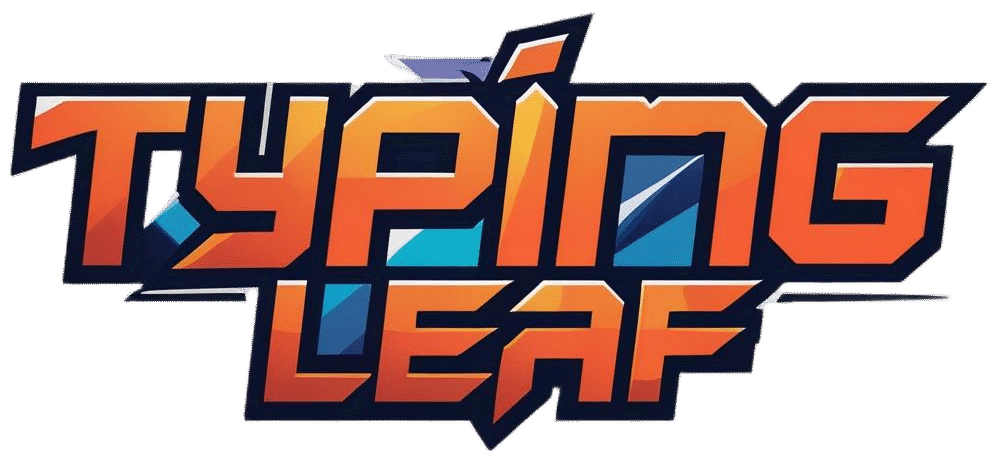From the thunderous roar of a Formula 1 engine to the silent, powerful surge of an electric Formula E car, racing in its myriad forms has captivated humanity for millennia. It’s a primal expression of competition, a relentless pursuit of speed, and a breathtaking showcase of human and technological prowess.
More Than Just Speed: The Essence of Racing
At its heart, racing is a test. It tests the limits of machinery, the courage and precision of the competitor, and the strategic brilliance of the team. Whether it’s a horse galloping across a track, a boat cutting through waves, or a car hurtling down a straight, the objective is simple: be the fastest. But the journey to that finish line is anything but.
Key elements that define the world of racing include:
- Diverse Disciplines: Racing isn’t a singular sport. It encompasses an incredible array of categories, from the high-octane spectacle of motorsport (Formula 1, NASCAR, MotoGP, Rally, Le Mans endurance racing, drag racing, karting) to the raw athleticism of running (track, marathon, cross-country), the elegance of equestrian sports (horse racing, show jumping), the strategic finesse of sailing, and the sheer power of powerboat racing. Even niche forms like drone racing and sled dog racing demonstrate the human desire to compete at speed.
- The Pursuit of Perfection: Every fraction of a second, every millimeter of a turn, every strategic decision can be the difference between victory and defeat. This constant striving for optimization drives innovation in design, engineering, and human performance.
- Adrenaline and Spectacle: Racing inherently produces high-octane moments – daring overtakes, nail-biting finishes, and unexpected twists. This makes it a compelling spectator sport, drawing massive crowds to tracks and millions of viewers worldwide.
- Teamwork and Individual Brilliance: While a single driver, rider, or runner may cross the finish line, behind every success is a dedicated team of engineers, strategists, mechanics, and support staff, working in unison to maximize performance.
A Rich History: From Ancient Arenas to Modern Circuits
The impulse to race is deeply embedded in human history. Ancient civilizations organized chariot races, horse races, and foot races as public spectacles and religious ceremonies. The Roman Circus Maximus was a sprawling arena dedicated to chariot racing, a testament to the sport’s early popularity.
The invention of the automobile in the late 19th century sparked a new era of competition. Early car races, such as the 1894 Paris-Rouen reliability test, were as much about proving the nascent technology as they were about speed. This quickly evolved into organized competitions, leading to the creation of purpose-built tracks like Brooklands in England (1907) and the iconic Indianapolis Motor Speedway (1909). The mid-20th century saw the formalization of major racing series like Formula 1 (1950) and NASCAR (1948), cementing motorsport’s place as a global phenomenon.
The Technological Edge: Pushing the Boundaries
Racing has always been a crucible for technological advancement. The demands of competition push engineers to innovate, and breakthroughs on the track often find their way into everyday vehicles and industries.
- Aerodynamics: From early streamlined designs to sophisticated wings and diffusers, aerodynamics have revolutionized vehicle performance, creating downforce that allows cars to corner at incredible speeds.
- Engine Development: The relentless quest for more power and efficiency has led to advancements in internal combustion engines, turbocharging, and more recently, hybrid and electric powertrains. Formula E, an all-electric racing series, serves as a testbed for future electric vehicle technology.
- Materials Science: The use of lightweight yet incredibly strong materials like carbon fiber, initially developed for racing, has become standard in high-performance vehicles and beyond.
- Data Analytics and AI: Modern race vehicles are bristling with sensors, collecting vast amounts of real-time data on everything from tire temperature to driver biometrics. Teams use sophisticated data analysis and artificial intelligence to refine strategies, optimize performance, and even predict outcomes.
- Safety Innovations: From basic helmets to HANS devices, energy-absorbing barriers, and advanced crash detection systems, safety advancements born in racing have saved countless lives on and off the track.
The Future of Speed: Sustainability, Inclusivity, and Virtual Realms
Looking ahead, racing is embracing significant transformations:
- Sustainability: Environmental concerns are driving the adoption of sustainable fuels (biofuels, synthetic fuels), electric propulsion, and greener practices across events. Series like Formula E and MotoE are leading the charge in showcasing zero-emission performance.
- Inclusion and Diversity: Efforts are being made to make racing more accessible to a wider range of participants, including those with disabilities, through adaptive vehicle technologies and outreach programs.
- Digital Integration: Sim racing continues to bridge the gap between virtual and real-world racing, offering an accessible entry point for aspiring drivers and a new dimension for fan engagement. Virtual and augmented reality are enhancing viewing experiences and driver training.
- Autonomous Racing: While still in its infancy, autonomous racing leagues are emerging, pushing the boundaries of AI and robotics in high-speed environments.
From the thunder of hooves to the hum of electric motors, racing remains an exhilarating testament to human ambition and the ceaseless pursuit of pushing limits. It’s a world where speed, skill, and cutting-edge technology converge, promising an even more thrilling and innovative future.

